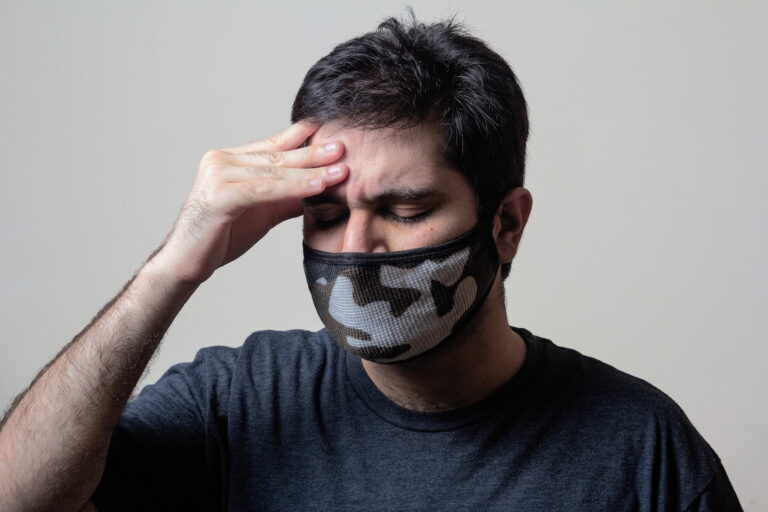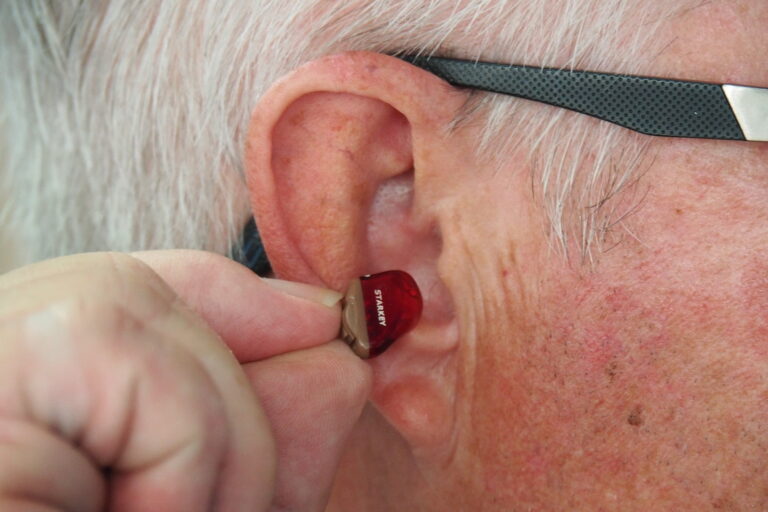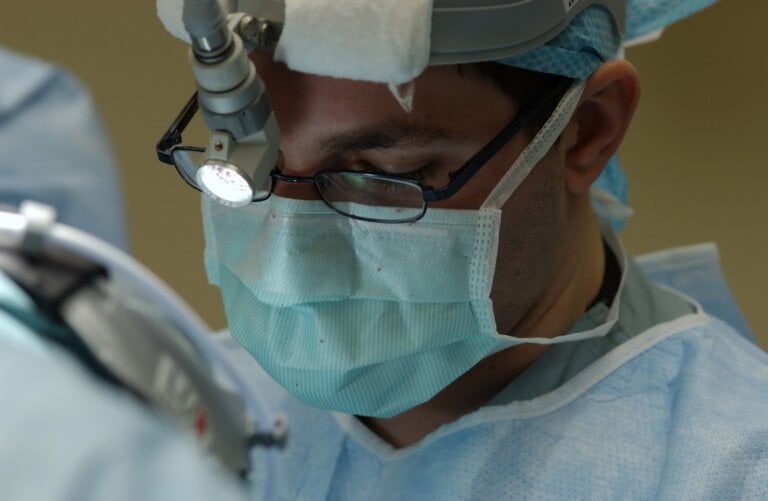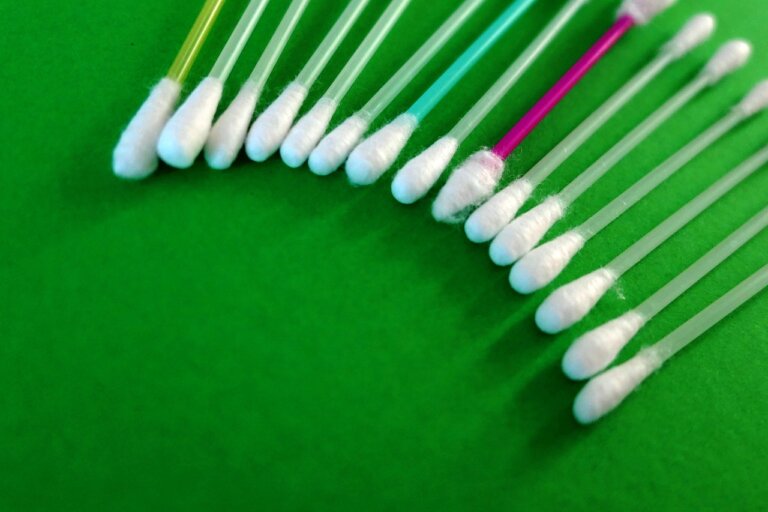Out with the Gunk: Exploring the Different Methods of Ear Wax Removal
Ear wax, medically known as cerumen, is a waxy substance produced by the glands in our ear canal. Its primary function is to protect the ear by trapping dust, dirt, and other foreign particles, preventing them from reaching the delicate structures of our inner ear. However, sometimes this ear wax can become excessive and lead to various discomforts, including hearing loss, pain, and dizziness. In such cases, it becomes necessary to remove the excess ear wax. In this article, we will explore the different methods of ear wax removal and discuss their pros and cons.
1. Manual Removal by a Healthcare Professional
One of the most common methods of ear wax removal is done manually by a healthcare professional. This procedure is typically performed in a medical setting, such as a doctor’s office or an ear, nose, and throat (ENT) clinic. The healthcare professional may use various instruments, such as curettes or forceps, to carefully remove the ear wax. They may also employ suction devices or irrigation techniques to facilitate the process.
Pros of Manual Removal:
-
Performed by trained professionals with expertise in ear care: Manual removal by a healthcare professional ensures that the procedure is carried out by someone with the necessary knowledge and skills to handle the delicate structures of the ear. This reduces the risk of complications or injuries.
-
Allows for direct visualization of the ear canal, ensuring precise removal: By directly visualizing the ear canal, the healthcare professional can accurately locate and remove the excess ear wax. This minimizes the chances of leaving any wax behind.
-
Can address more severe cases of ear wax buildup effectively: Manual removal is particularly effective for cases where the ear wax is impacted or hardened. The healthcare professional can use specialized tools to gently break down and remove the stubborn wax.
Cons of Manual Removal:
-
Requires a visit to a healthcare facility: Manual removal by a healthcare professional necessitates a trip to a doctor’s office or an ENT clinic. This may not be convenient for everyone, especially those with busy schedules or limited access to healthcare facilities.
-
May cause discomfort or pain, especially if the ear wax is impacted or hardened: Removing hardened or impacted ear wax can be uncomfortable or even painful. This may cause anxiety or apprehension in some individuals.
-
Some individuals may find it anxiety-inducing or unpleasant: The process of having someone else manipulate your ears may be anxiety-inducing or unpleasant for certain individuals. It is important to communicate any concerns or fears to the healthcare professional before the procedure.
2. Ear Irrigation
Ear irrigation, also known as ear flushing or ear syringing, is another popular method for removing excess ear wax. This procedure involves using a specialized ear irrigation kit, typically consisting of a bulb syringe or a specially designed irrigation device. Warm water or a saline solution is gently flushed into the ear canal, dislodging and flushing out the ear wax.
Pros of Ear Irrigation:
-
Can be performed at home or by a healthcare professional: Ear irrigation can be done in the comfort of your own home using an over-the-counter irrigation kit. However, it is advisable to consult a healthcare professional for guidance, especially if you have any underlying ear conditions.
-
Relatively simple procedure: Ear irrigation is a relatively simple procedure that can be easily learned and performed with proper instruction. It does not require any specialized tools or equipment.
-
Provides effective removal of softer or less impacted ear wax: Ear irrigation is particularly effective for softer or less impacted ear wax. The gentle flow of water or saline solution helps to dislodge and flush out the wax without causing discomfort.
Cons of Ear Irrigation:
-
Not suitable for individuals with certain ear conditions, such as a perforated eardrum or a history of ear infections: Ear irrigation may not be suitable for individuals with certain ear conditions that can increase the risk of complications, such as a perforated eardrum or a history of recurrent ear infections. In such cases, it is essential to seek professional advice.
-
Improper technique or excessive pressure may cause injury or discomfort: It is crucial to follow proper technique and use gentle pressure during ear irrigation to avoid injury or discomfort. Excessive force or incorrect positioning of the irrigation device can cause damage to the delicate structures of the ear.
-
Requires caution to ensure water does not enter the middle ear: During ear irrigation, it is important to ensure that the water or saline solution does not enter the middle ear. This can be achieved by tilting the head to the side and gently pulling the earlobe to straighten the ear canal.
3. Ear Drops
Ear drops are a non-invasive method of ear wax removal that involves the instillation of specific solutions into the ear canal. These solutions are designed to soften and break down the ear wax, making it easier to remove naturally or with other methods. Common ingredients in ear drops include hydrogen peroxide, saline solution, baby oil, or glycerin.
Pros of Ear Drops:
-
Non-invasive and can be easily done at home: Ear drops are a convenient option for individuals who prefer a non-invasive method of ear wax removal. They can be easily purchased over-the-counter and used at home without the need for specialized tools or equipment.
-
Softens and loosens ear wax for natural expulsion or removal with other techniques: Ear drops help to soften and loosen the ear wax, allowing it to naturally work its way out of the ear canal or facilitating its removal through other techniques, such as manual removal or ear irrigation.
-
Provides relief from minor ear wax blockages and discomfort: Ear drops can provide temporary relief from minor ear wax blockages and discomfort. They can help to alleviate symptoms such as hearing loss, earache, or a feeling of fullness in the ear.
Cons of Ear Drops:
-
May not be effective for severe or impacted ear wax: While ear drops can be effective for mild to moderate cases of ear wax buildup, they may not be sufficient for severe or impacted ear wax. In such cases, it is recommended to seek professional assistance.
-
Some individuals may experience irritation or allergic reactions to certain ingredients: Certain individuals may be sensitive or allergic to the ingredients present in ear drops. It is important to read the instructions carefully and discontinue use if any adverse reactions occur.
-
Requires consistent and repeated application over several days for optimal results: Ear drops often require consistent and repeated application over several days to achieve optimal results. It is essential to follow the recommended dosage and duration of use for each specific product.
4. Microsuction
Microsuction is a relatively newer method of ear wax removal that utilizes a specialized suction device and microscope. This procedure is typically performed by trained professionals, such as audiologists or ENT specialists. The healthcare professional uses the microsuction device to gently suction out the ear wax under direct visualization through the microscope.
Pros of Microsuction:
-
Safe and gentle method of ear wax removal: Microsuction is considered a safe and gentle method of ear wax removal. The use of a specialized suction device allows for precise removal without the risk of pushing the ear wax further into the ear canal.
-
Allows for precise removal without the risk of pushing the ear wax further into the ear canal: The direct visualization provided by the microscope ensures that the healthcare professional can accurately target and remove the ear wax without causing any harm to the ear canal or eardrum.
-
Suitable for individuals with narrow or sensitive ear canals: Microsuction is particularly suitable for individuals with narrow or sensitive ear canals, as it minimizes the risk of trauma or discomfort associated with other removal methods.
Cons of Microsuction:
-
Requires specialized equipment and trained professionals: Microsuction requires specialized equipment, including a microscope and a suction device, as well as trained professionals who are proficient in performing the procedure. This may limit its availability in certain healthcare settings.
-
May not be readily available in all healthcare settings: Microsuction may not be readily available in all healthcare settings, especially in remote or less equipped facilities. It is advisable to inquire about the availability of microsuction services before seeking treatment.
-
Can be relatively expensive compared to other methods: The cost of microsuction may be higher compared to other methods of ear wax removal. This is due to the specialized equipment and expertise required for the procedure. It is important to consider the financial aspect when opting for microsuction.
5. Natural Remedies and Prevention
Apart from the methods mentioned above, some individuals prefer natural remedies for ear wax removal. These include using warm olive oil, hydrogen peroxide, or over-the-counter ear drops specifically formulated for softening ear wax. It is important to note that these remedies may not be as effective for severe cases of ear wax buildup and should be used with caution.
Prevention is always better than cure when it comes to ear wax. Some simple steps to prevent excessive ear wax and the need for frequent removal include:
-
Avoid using cotton swabs or other objects to clean the ear canal, as they can push the ear wax deeper and cause injury: It is essential to avoid inserting cotton swabs, bobby pins, or any other objects into the ear canal, as they can push the ear wax further inside and potentially damage the eardrum.
-
Use earplugs or earmuffs in noisy environments to reduce the risk of ear wax accumulation: Wearing earplugs or earmuffs in noisy environments, such as construction sites or concerts, can help reduce the risk of ear wax accumulation. This preventive measure can minimize the need for frequent removal.
-
Regularly clean the outer part of the ear with a damp cloth to remove any excess wax: Gently cleaning the outer part of the ear with a damp cloth can help remove any excess ear wax that may have migrated to the outer ear. This simple practice can promote good ear hygiene and prevent wax buildup.
In conclusion, when it comes to ear wax removal, there are several methods available, each with its own pros and cons. Whether you choose manual removal by a healthcare professional, ear irrigation, ear drops, microsuction, or natural remedies, it is crucial to prioritize safety and seek professional advice when needed. By understanding the different methods and taking preventive measures, you can maintain good ear hygiene and ensure optimal hearing health.
1. What is the most common method of ear wax removal?
The most common method of ear wax removal is manual removal by a healthcare professional. They may use instruments like curettes or forceps to remove the ear wax.
2. Can ear irrigation be done at home?
Yes, ear irrigation can be done at home using an over-the-counter irrigation kit. However, it is recommended to consult a healthcare professional for guidance, especially if you have any underlying ear conditions.
3. What are the pros of using ear drops for ear wax removal?
The pros of using ear drops for ear wax removal are that they are non-invasive, can be easily done at home, and help to soften and loosen the ear wax for natural expulsion or removal with other techniques.
4. Is microsuction a safe method of ear wax removal?
Yes, microsuction is considered a safe method of ear wax removal. It allows for precise removal without pushing the ear wax further into the ear canal and is suitable for individuals with narrow or sensitive ear canals.







